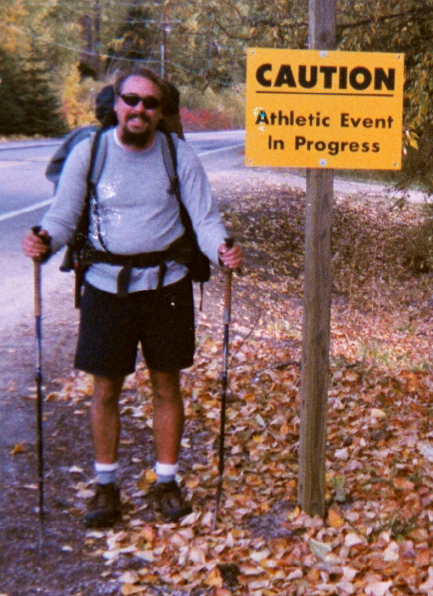I think we need to see more urban farming people need to be close to their food. It is good for the heart and soul. I found this post from Jennie Love at Eat. Drink. Better.
So what is an urban farm? Since they’re often the size of large gardens due to land constraints within city limits, let’s first define the difference between a “farm” and a “garden”. According to Webster, a farm is “a tract of land…on which crops and often livestock are raised for livelihood.” A garden, on the other hand, is “a plot of ground…where flowers, shrubs, vegetables, fruits, or herbs are cultivated.” While one is a tract and the other a plot, the real difference between a farm and a garden is the expectation of turning a profit from the produce being grown. Thus, an urban farm can be loosely defined as an agricultural pursuit taking place within the boundaries of a city with the intent to sell what it harvests.
Still thinking the idea of a farm in the middle of the city is a little odd? While it has required some unconventional/creative methods, farming in the city really isn’t that unusual. Urban agriculture has been used by the United Nations in many developing countries to encourage a healthy food chain and to generate jobs in the poorest cities of the world. Conversely, a few enterprising Canadians started farming their backyard and their neighbors’ backyards two decades ago with the mission of reconnecting North Americans to sustainable farming methods. As a direct result of their labors, new methods for intensive planting and harvesting in order to generate much greater yields from small plots of land (called “SPIN” farming) have been developed to make farming in the city not just possible, but quite often profitable.
Read it all.




No comments:
Post a Comment